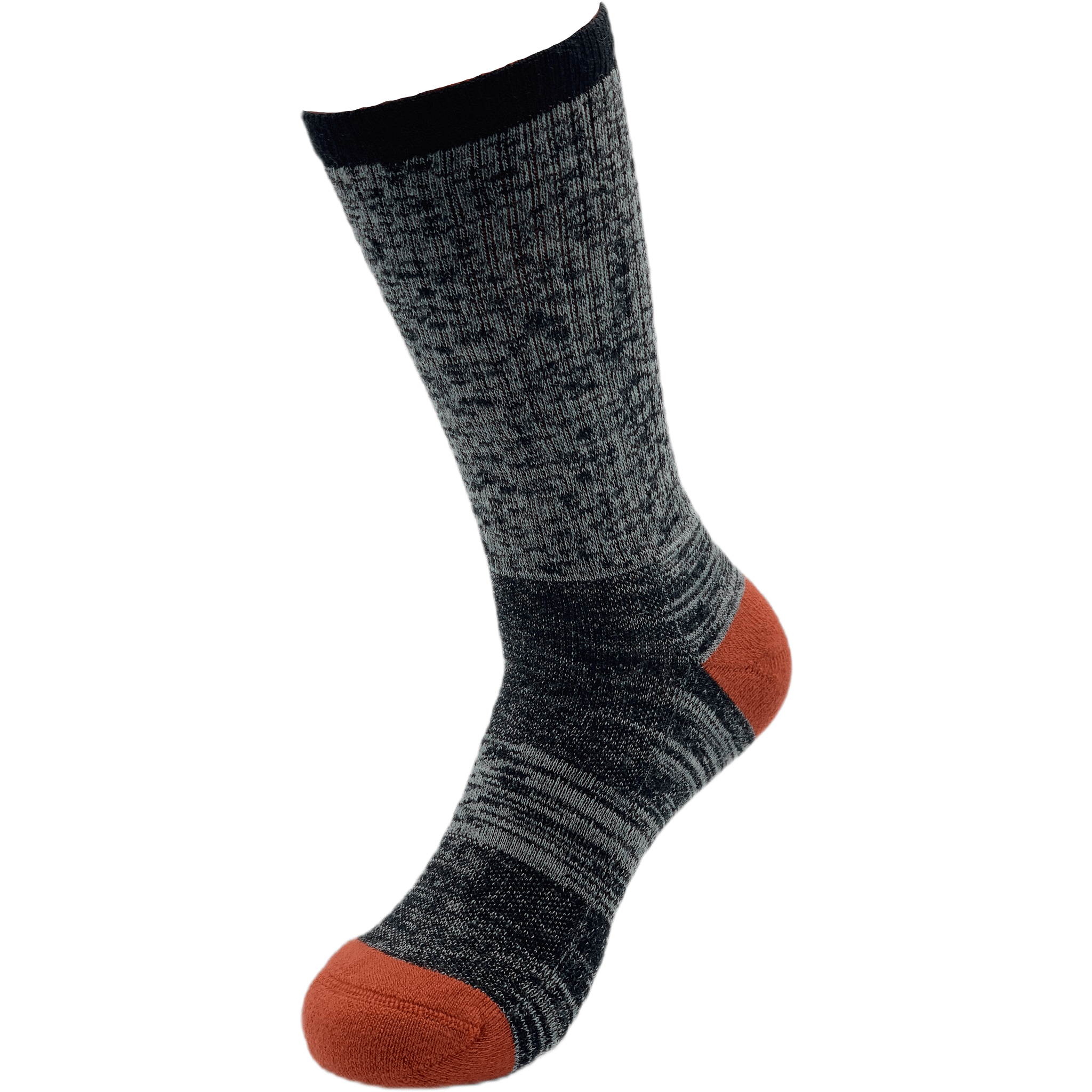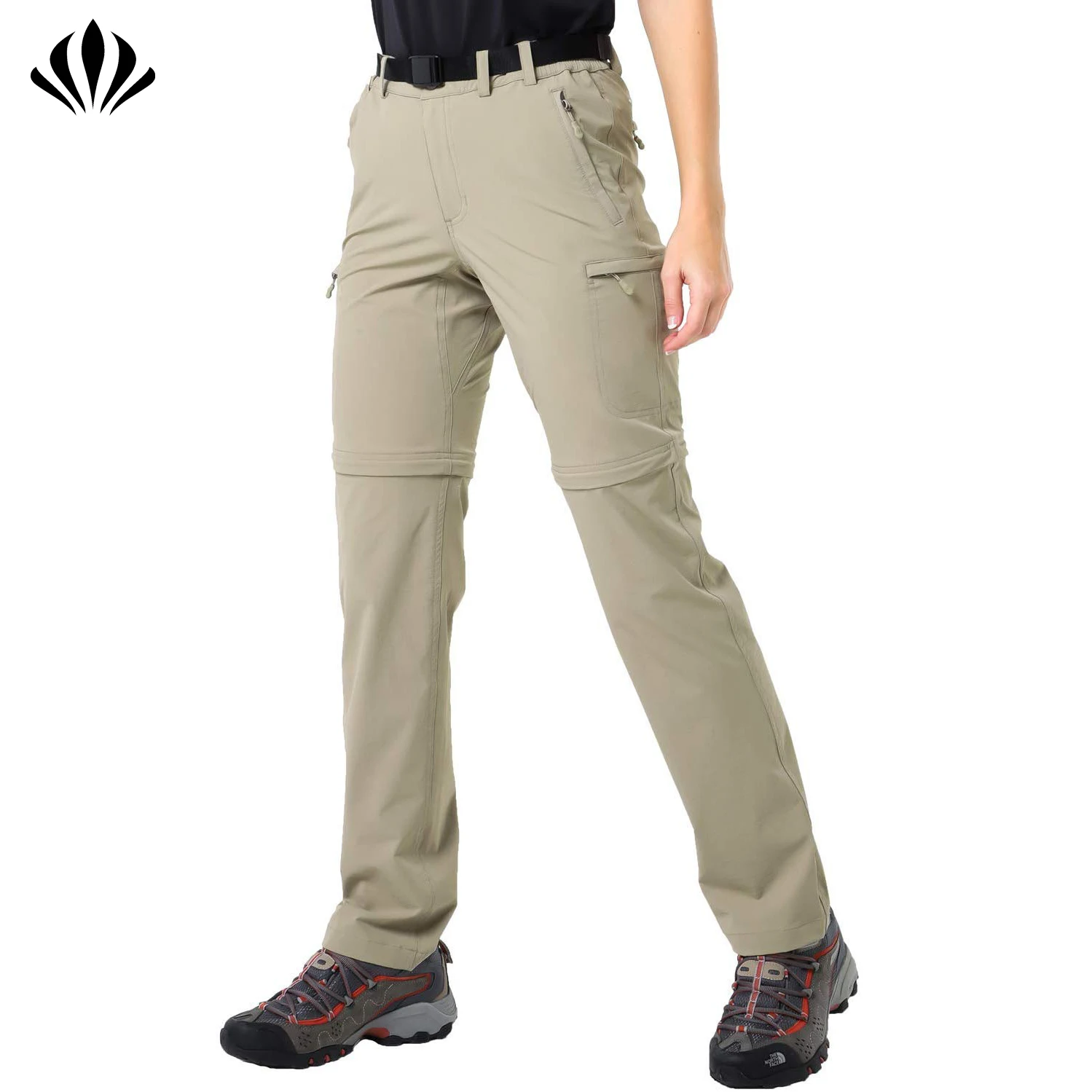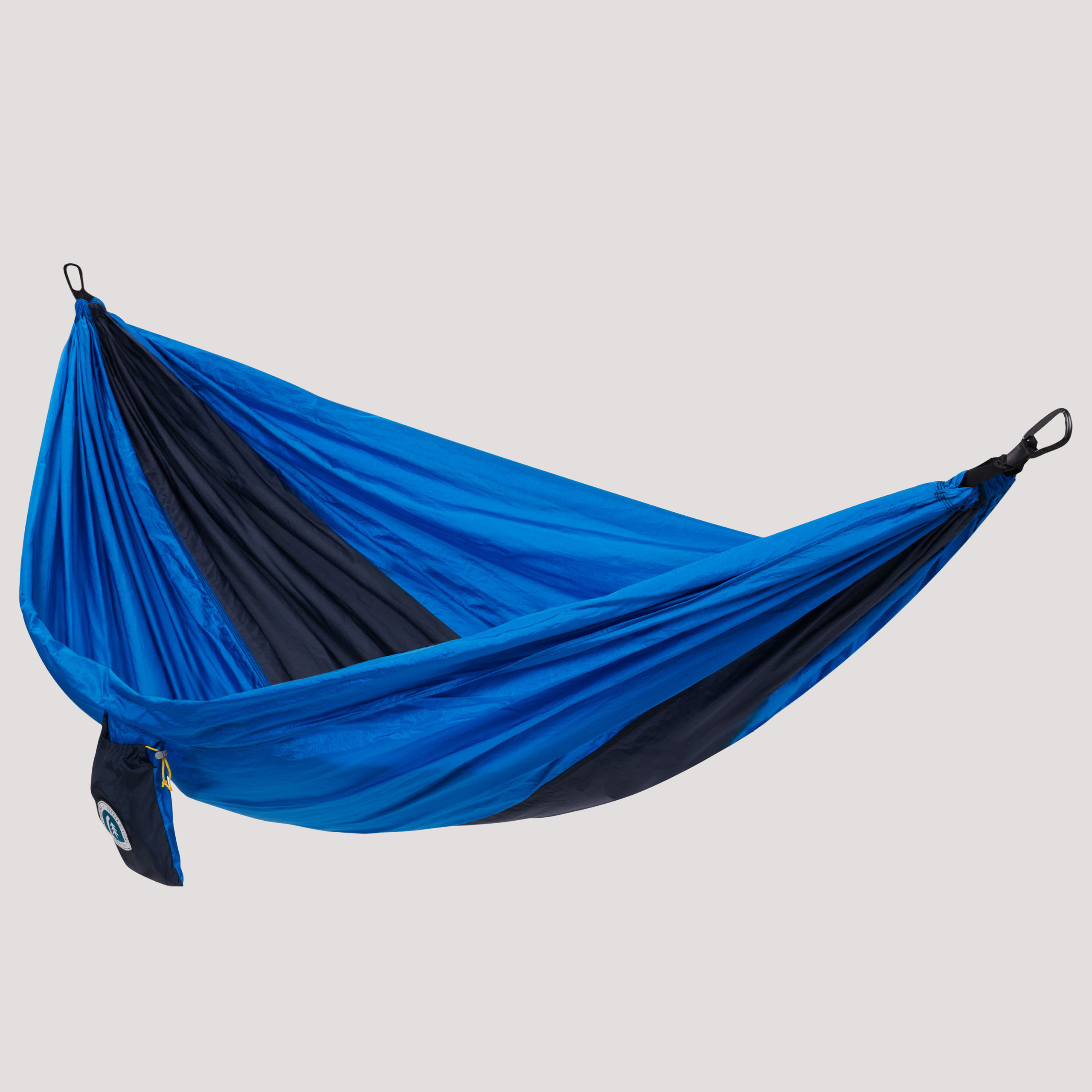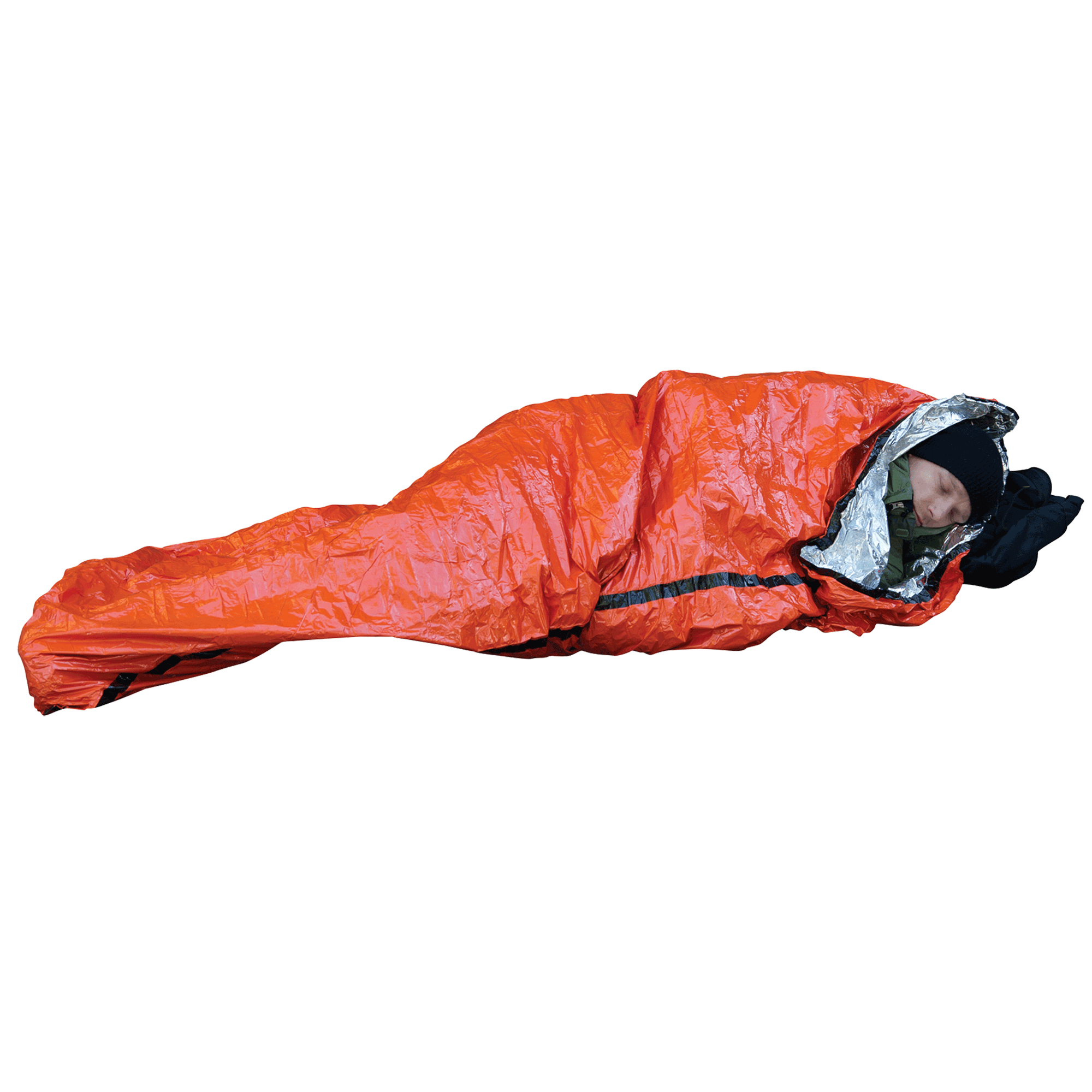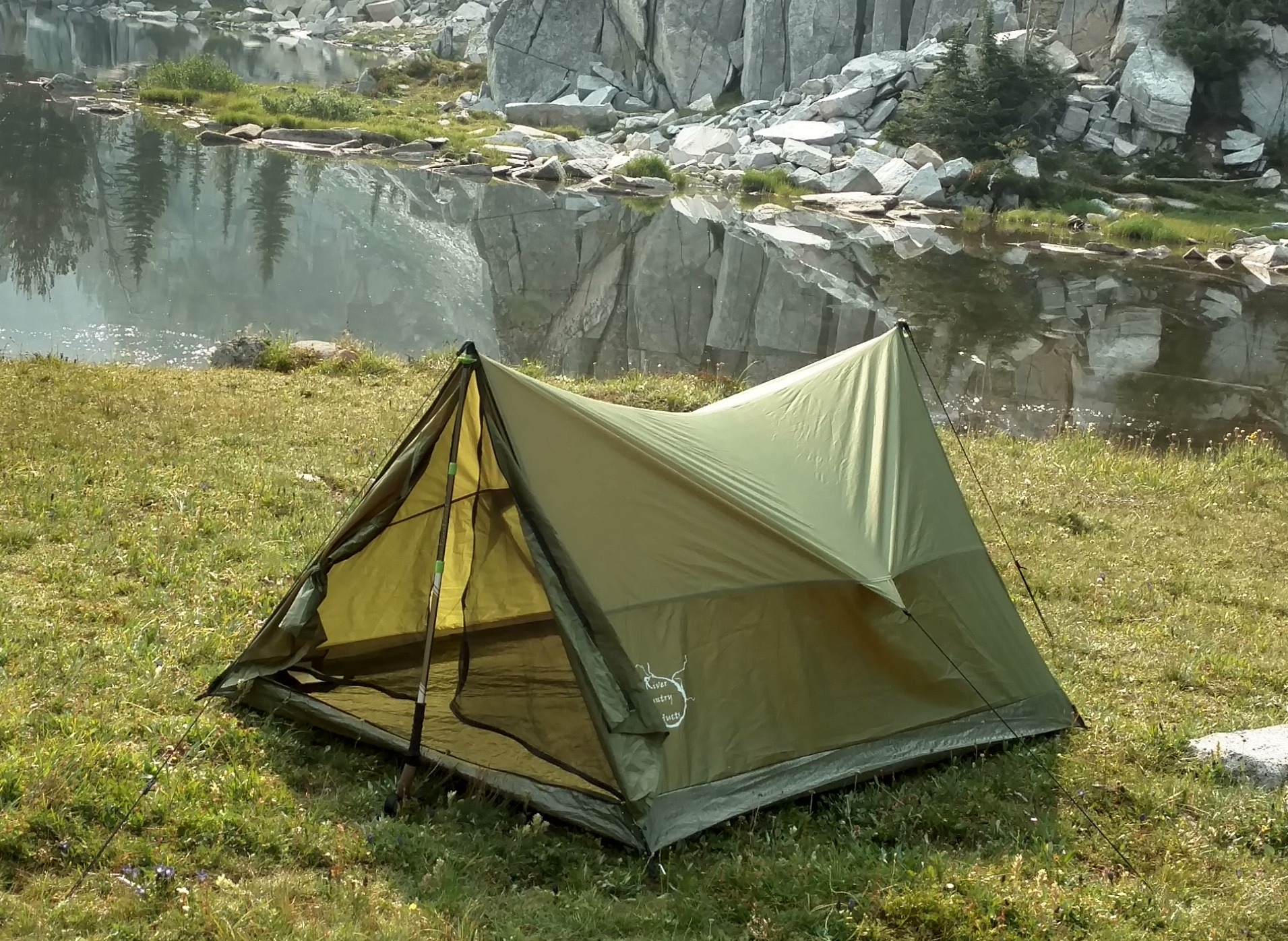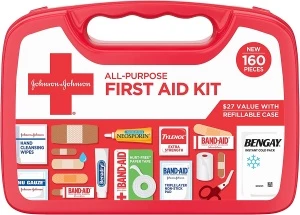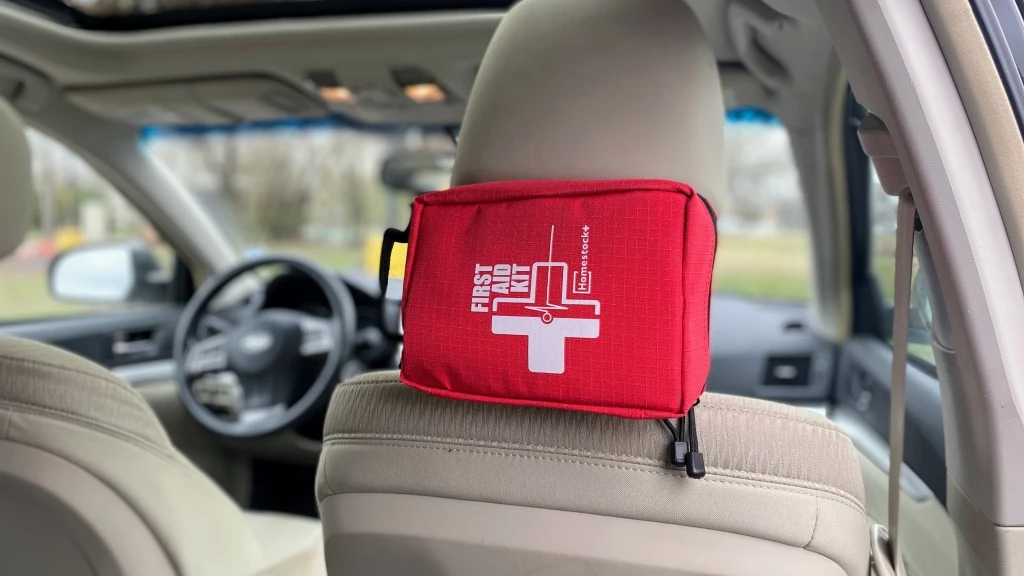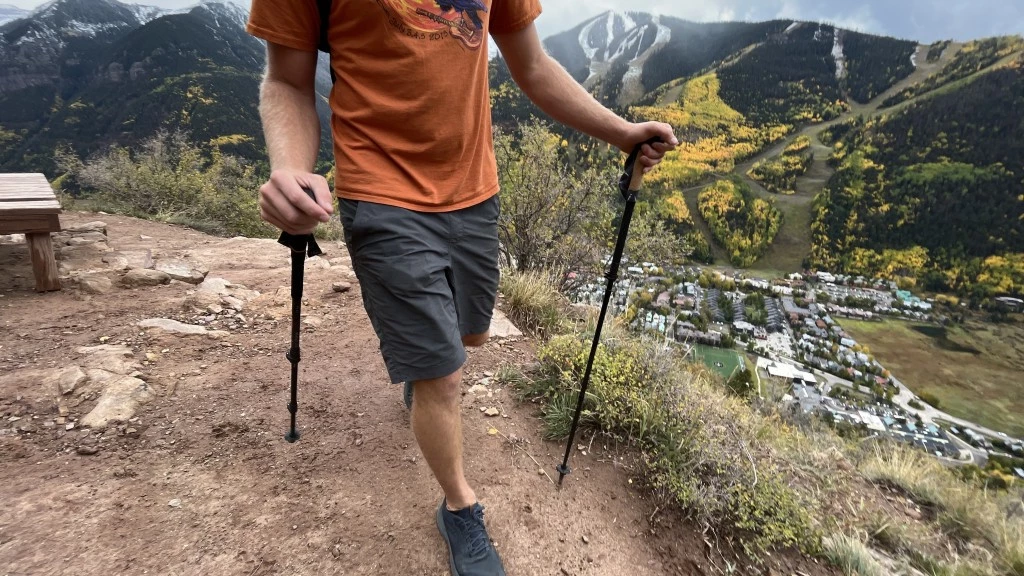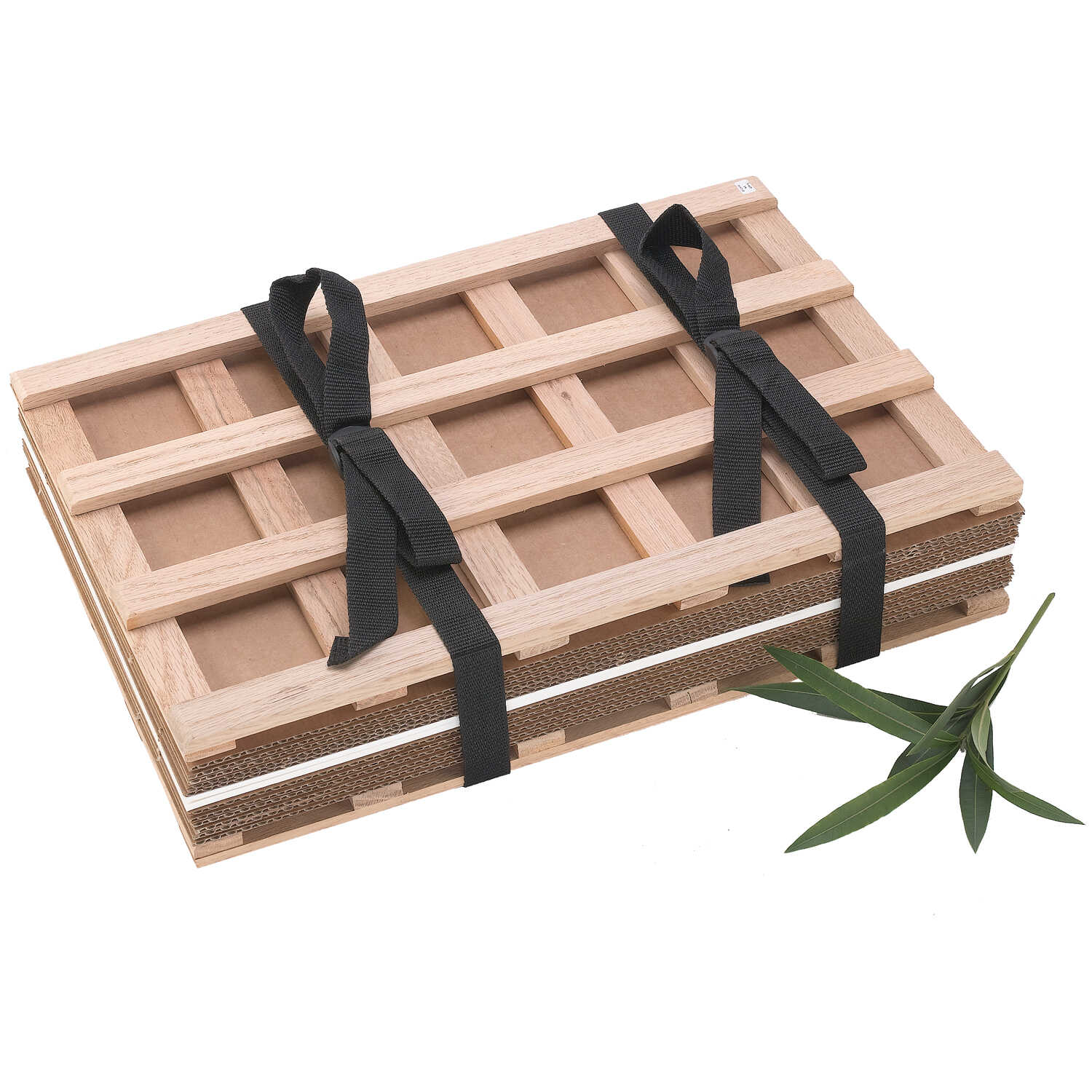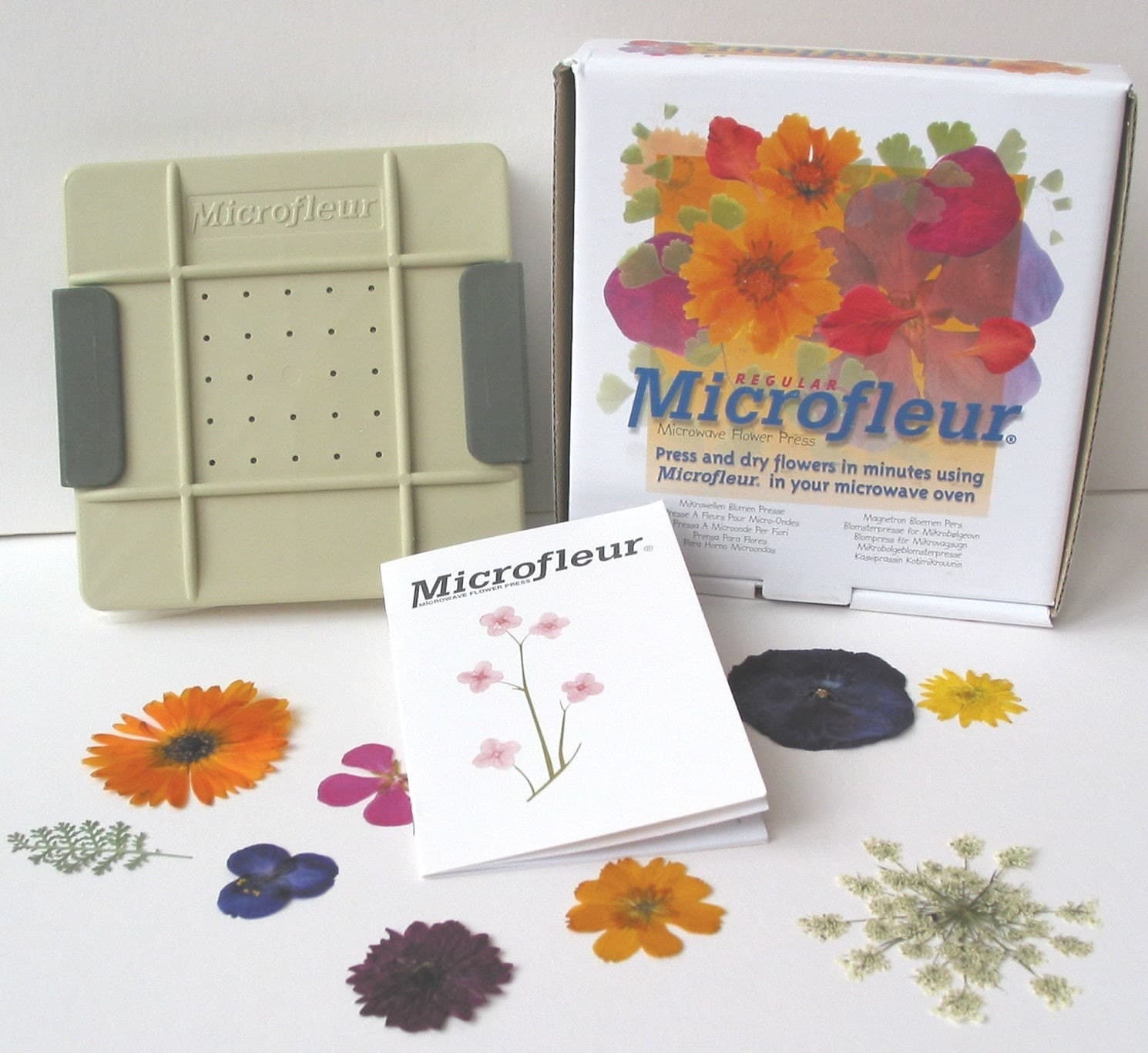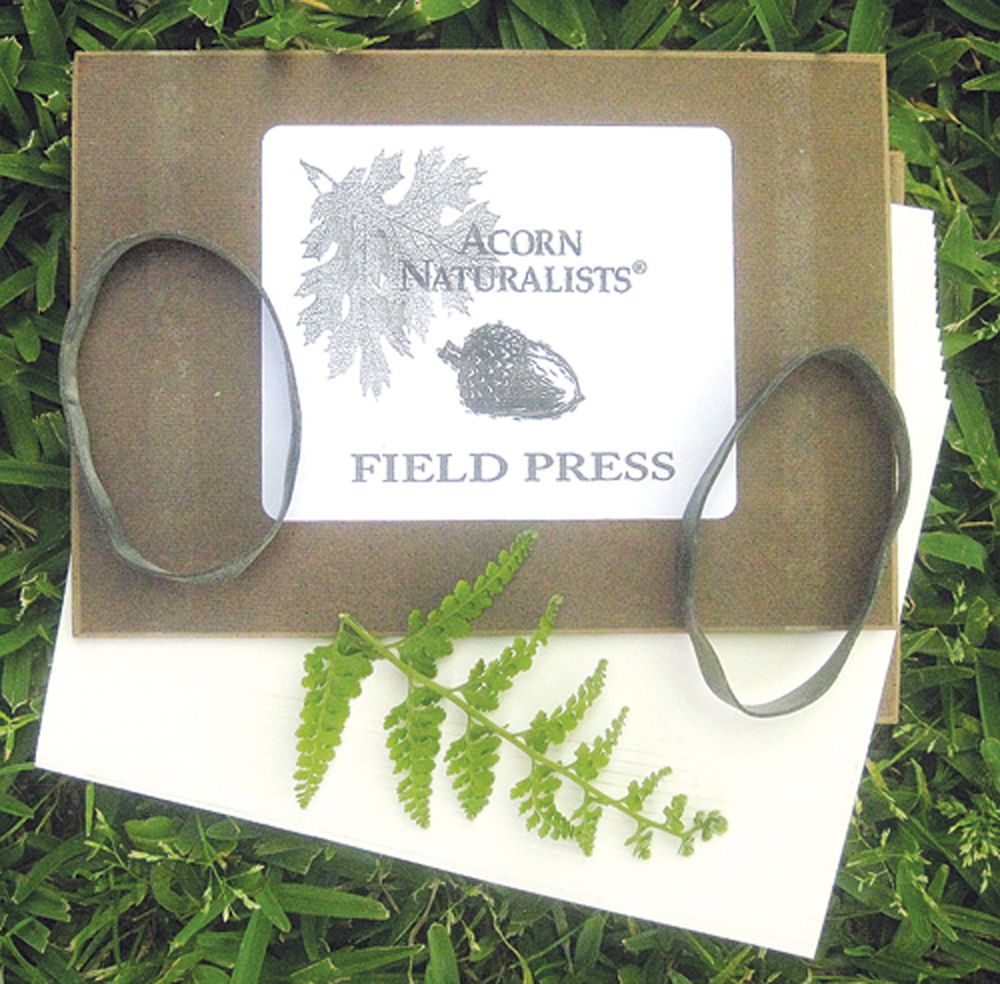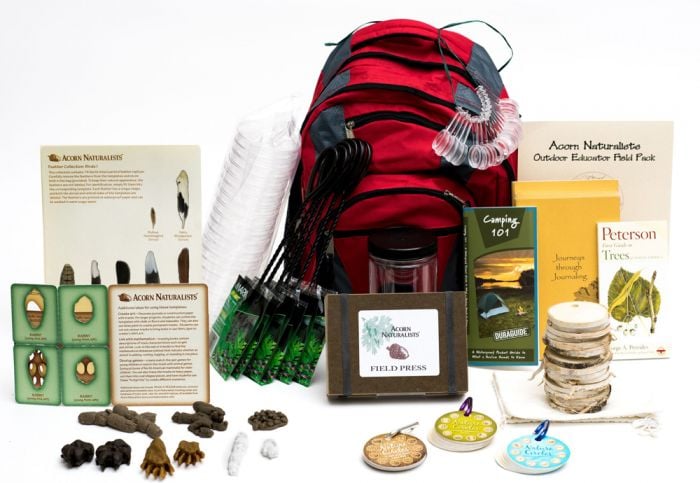Discover Pandipedia
Pandipedia is the world's first encyclopaedia of machine generated content approved by humans. You can contribute by simply searching and clicking/tapping on "Add To Pandipedia" in the answer you like. Learn More
Expand the world's knowledge as you search and help others. Go you!
Waterproof Hiking Jacket
The REI's sub-$100 Rainier jacket uses high-quality laminate waterproofing to keep you from getting soaked, with a weatherproof center zip and venting pit zips for improved airflow[11].
Lightweight Hiking Shoes
Salomon's low-top, non-Gore-Tex mesh trail shoes dry quickly and provide comfort and warmth in moderate temperatures, ideal for casual hikers[11].
Durable Hiking Boots
Renegade boots are known for their durability and comfort, although they are a bit heavy; they provide necessary traction and support for challenging terrains[11].
Merino Wool Socks
Smartwool is the industry leader in merino wool, offering socks that are soft, odor-resistant, and comfortable, making them great for hiking and other outdoor activities[9].
Insulated Down Jacket
The Patagonia Down Sweater offers excellent warmth and is made from recycled materials, making it a popular choice for outdoor enthusiasts[7].
Versatile Hiking Pants
Prana's Stretch Zion Pant is noted for its comfort and performance, ideal for both hiking and casual wear, available in various colors and sizes[7].
Compact Camping Stove
The Weber Portable Gas Grill is great for outdoor cooking, equipped to handle diverse meals while camping[8].
Quality Sleeping Bag
The Sea To Summit Ascent Down Sleeping Bag offers exceptional insulation and temperature regulation, suitable for three-season use[8].
Comfortable Camping Chair
The ALPS Mountaineering Getaway Chair is easy to set up and designed for a variety of outdoor activities, offering stability and comfort[8].
Smart Backpack
The Gregory Women's Swift 22 H2O Backpack features multiple adjustment points and excellent padding, making it optimal for day hikes while providing functionality for everyday use[8].
Versatile Tent
The Marmot Limestone 6-person Tent provides ample room for camping with friends or family while remaining lightweight for transport[8].
Durable Cooler
The YETI Roadie 60 Wheeled Cooler is rugged, designed to keep contents cold for extended periods, and easy to transport over various terrains[8].
Comfortable Hiking Shirt
Columbia's Bugaboo jacket is a budget-friendly option featuring waterproof protection and breathable fabric, ideal for day hikes[6].
Thru-Hiking Pants
Rab's Neutrino Pro pants are made from technical materials, offering excellent warmth and durability for high-altitude explorations[7].
Lightweight Hammock
The Eno DoubleNest Hammock is portable and easy to set up, providing a comfortable place to relax during outdoor trips[11].
Collapsible Water Filter
The Sawyer Squeeze water filter is lightweight and effective at removing contaminants, perfect for ensuring clean drinking water while hiking[11].
:max_bytes(150000):strip_icc()/OSAGE-RIVER-9a649f9e64e04085b2d845f145866db9.jpg)
Folding Camping Cot
The Osage River Standard Folding Camping Cot elevates the sleeping experience off the ground, making it comfortable and easy to set up[8].
Emergency Bivvy
An emergency bivvy weighing less than 4 ounces can keep you dry and warm if you spend a night outdoors unexpectedly[11].
Lightweight Tent
The Nemo Dagger Osmo 3 Person Tent is designed for easy setup and exceptional performance in various weather conditions, making it versatile for backpacking[8].
First Aid Kit
A compact, well-stocked first aid kit is essential for safe outdoor adventures, providing peace of mind in case of emergencies[11].
Trekking Poles
Durable trekking poles help reduce the impact on knees while providing stability on rocky trails, essential for serious hikers[11].
Navigation Tools
A reliable handheld GPS can provide accurate navigation in remote areas, critical for adventurers seeking to explore off the beaten path[10].
:max_bytes(150000):strip_icc()/nCamp-Cafe-Portable-Coffee-Maker-9e0e4429b6b542ec8ae5dfc32577f479.jpg)
Portable Coffee Maker
The nCamp Café Portable Coffee Maker makes brewing coffee in the outdoors easy and efficient, enhancing the camping experience[8].
Practical Camp Pillow
The Exped Deep Sleep Pillow offers ergonomic support for a comfortable night’s rest while camping[8].
Lightweight Camping Lantern
The Ultimate Survival Technologies Duro Lantern offers adjustable brightness settings for versatile lighting options during camping trips[8].
Performance Base Layer
The Classic Thermal baselayer by Smartwool is designed for warmth, moisture-wicking, and comfort, ideal for active outdoor pursuits[9].
Let's look at alternatives:
- Modify the query.
- Start a new thread.
- Remove sources (if manually added).
- Request a manual search from our human research team.

Based on the available sources, there isn’t a specific numerical count provided for the number of paying Gemini Advanced subscribers as of 2025. What is mentioned, however, is that roughly 60% of the users who paid for the Gemini Advanced subscription were still subscribed six months after signing up[1]. Additionally, while it’s noted that Google aims to onboard 500 million users to its broader Gemini AI platform by the end of 2025[2], and that the Gemini Advanced plan costs $20/month with additional subscription tiers being developed[3], no source provides an exact total number of paying subscribers for Gemini Advanced.
Let's look at alternatives:
- Modify the query.
- Start a new thread.
- Remove sources (if manually added).
- Request a manual search from our human research team.
Get more accurate answers with Super Search, upload files, personalised discovery feed, save searches and contribute to the PandiPedia.

In the Lex Fridman podcast with Elon Musk, DJ Saw, Matthew McDougall, Bliss Chapman, and Nolan Arbaugh, they discuss Neuralink's achievements and future goals. Elon Musk talks about the historic milestone of implanting a Neuralink device in a human brain, acknowledging the significant advances in technology and what that means for the future of human-computer interfaces[1].
DJ Saw elaborates on the technical aspects of Neuralink, including the challenges and innovations involved in creating and optimizing the device, emphasizing its potential impact on people with disabilities[1]. Matthew McDougall, the head neurosurgeon, discusses the surgical process and the intricacies involved in safely implanting the device, highlighting its precision and low-risk nature[1].
Bliss Chapman, the brain interface software lead, delves into the software components and the continuous improvements being made, particularly focusing on user experience and decoding strategies to enhance performance and usability for users like Nolan[1].
Nolan Arbaugh, the first human with a Neuralink device, shares his journey from his accident to the present, his positive mindset, and the newfound independence the device has provided. He describes the transformative experience of controlling a cursor with his mind and the excitement of setting and breaking world records in tasks like the web grid game[1].
Let's look at alternatives:
- Modify the query.
- Start a new thread.
- Remove sources (if manually added).
- Request a manual search from our human research team.
EISCO Wooden Herbarium Press Frame
A spacious 12 x 18-inch frame made of hardwood slats, perfect for efficient drying and preservation of various plant specimens, ideal for botanists and students[2].
Standard Plant Press
This sturdy oak frame plant press comes with 12 driers and is suitable for drying large quantities of plants efficiently, lightweight for easy movement[2].
Wisedry Flower Press Kit
An easy one-step pressing process suitable for kids and adults; includes eco-friendly reusable paper and accessories for efficient flower preservation[2].
Nordic Moon Flower Pressing Kit
Allows pressing up to 5 layers of flowers at once, includes press boards and is made of strong basswood, ideal for crafting enthusiasts[2].
Worown Professional Flower Press Kit
A compact design with six layers for pressing multiple specimens simultaneously, durable with high-quality materials suited for artists[2].
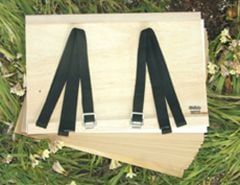
Student Plant Press
A portable 6 x 9-inch design with 12 driers and ventilators, perfect for botany students and outdoor enthusiasts needing an efficient press[2].
Auihiay Flower Press Kit
Lightweight and portable, designed for outdoor activities with a six-layer setup for effective pressing and drying[2].
DBBM Wooden Flower Press Kit
Makes for a durable and portable option with six layers for pressing flowers, including various useful accessories for crafting[2].
Microfleur Microwave Flower Press Kit
A microwave-safe press allowing quick drying of flowers within minutes, offering vibrant results, suitable for those in need of immediate effects[4][8].
Acorn Naturalists Plant Press
Various sizes available, including full-size professional presses, ideal for a range of botanical work and plant specimen preservation[9].
Bombus Mint-Hued Flower Press
A beautifully designed flower press that allows for personal touches, suitable for gifting and large enough for a variety of blooms[1].
Berstuk Wooden Flower Press
Features a large size and comes with expert video tutorials, enabling easy use for both teens and adults[1].
Studio Wald Flower Press
A pocket-sized 15 x 15 cm press, perfect for taking on nature walks to collect and preserve botanical specimens[1].
BlueBrontide Flower Press
A charming handmade press from Yorkshire, perfect for gifts and ideal for budding botanists looking to preserve their finds[1].
Sarah Raven Flower Press
Comes with all essentials including sturdy wooden boards and multiple sheets for effective pressing, designed for consistent use[1].
BloomPost Slim-Build Flower Press
Captures the beauty of botanicals with its slim design, perfect for DIY gifts and straightforward in use[1].

Rhykoka Large Flower Press Kit
Accommodates up to 10 layers, measuring 11.8 x 8.3 inches, making it suitable for various arts and crafts projects[7].

Sanlebi Large Flower Press
This 10-layer wooden pressing kit is designed for easy use, complete with a storage bag, making it a great beginner's tool for crafting[7].
Suziko Flower Press
A large flower press measuring 11.8 x 8.7 inches, it's suitable for both adults and kids, making it ideal for arts and crafts lovers[7].

Worown Mini Flower Press Kit
Compact 6 x 6-inch design great for smaller projects, includes multiple layers and accessories for ease of use[2][8].
Microfleur XL Microwave Flower Press
This extra-large design allows for bigger flower arrangements, customizing options available for personal touch[8].
Plant Press Driers by Acorn Naturalists
Essential for expanding plant presses, suitable for both student and professional uses[9].
Botanical Razor by Acorn Naturalists
A handy tool for careful cutting and handling during the flower pressing process[9].

Botanical Drying Paper
High-quality drying paper available for purchase to complement your pressing needs[9].
Let's look at alternatives:
- Modify the query.
- Start a new thread.
- Remove sources (if manually added).
- Request a manual search from our human research team.
Let's look at alternatives:
- Modify the query.
- Start a new thread.
- Remove sources (if manually added).
- Request a manual search from our human research team.
Let's look at alternatives:
- Modify the query.
- Start a new thread.
- Remove sources (if manually added).
- Request a manual search from our human research team.
Get more accurate answers with Super Search, upload files, personalised discovery feed, save searches and contribute to the PandiPedia.
Let's look at alternatives:
- Modify the query.
- Start a new thread.
- Remove sources (if manually added).
- Request a manual search from our human research team.

Since 2022, there has been a resurgence of open-source models owing to their lower costs, growing capabilities, and broader accessibility for developers and enterprises alike[1]. These models are freely available for anyone to use, modify, and build upon[1].
China is leading the open-source race, with three large-scale models released in 2025 – DeepSeek-R1, Alibaba Qwen-32B, and Baidu Ernie 4.5[1]. Open-source AI is fueling sovereign AI initiatives, local language models, and community-led innovation[1].
Let's look at alternatives:
- Modify the query.
- Start a new thread.
- Remove sources (if manually added).
- Request a manual search from our human research team.
Search engine optimization[1] (SEO) is the process of improving the quality and quantity of website traffic[1] from search engines. It involves optimizing a website to rank higher in search engine results[1] pages (SERPs) and therefore receive more visitors. SEO targets unpaid[1] or organic traffic, which includes various types of searches like image search, video search, and news search. By understanding how search engines work[1] and what people search for, website owners can optimize their websites to attract more traffic.
SEO has been around since the mid-1990s when webmasters began optimizing websites for search engines[1]. Initially, webmasters only needed to submit[1] their website's address or URL to search engines. However, as search engines evolved, they started using more complex algorithms to provide more relevant search results[1]. This change was necessary because webmasters were manipulating rankings by using excessive or irrelevant keywords[1]. Search engines adapted by developing more advanced ranking algorithms that considered various factors beyond keyword density.
There are two main categories of SEO techniques: white hat and black hat[1]. White hat SEO[1] follows search engine guidelines[1] and focuses on creating valuable content for users. It aims to improve the user experience and make websites more accessible. In contrast, black hat SEO[1] uses deceptive practices and manipulative techniques to improve[1] rankings. These techniques are not approved by search engines and can result in penalties or bans.
Search engines utilize crawlers to find and index web pages for their search results. They consider a range of factors when crawling a site[1], and not all pages are indexed. To avoid undesirable content in[1] search indexes, webmasters can use the robots.txt[1] file to instruct search engine crawlers on which pages or files to exclude from crawling.
The practice of SEO has evolved over the years, with search engines constantly updating their algorithms. Important updates include the introduction of mobile-first indexing, improvements in natural language processing[1], and the implementation of BERT[1] models for search queries. Google[1], for example, frequently updates its algorithms, and webmasters need to adapt their SEO strategies to stay relevant and maintain high rankings.
Ultimately, the goal of SEO is to increase website visibility, attract more targeted traffic, and convert visitors into customers. It is an essential part of internet marketing and can be a cost-effective strategy compared to paid advertising. However, SEO is not suitable for every website, and other marketing strategies may be more effective depending on the goals of the site operator.
In conclusion, search engine optimization is a complex process that involves optimizing websites to rank higher in search engine results[1]. It helps increase website traffic, attract targeted visitors, and improve the user experience. Despite its challenges and constant changes, SEO remains an important strategy for online businesses.
Let's look at alternatives:
- Modify the query.
- Start a new thread.
- Remove sources (if manually added).
- Request a manual search from our human research team.
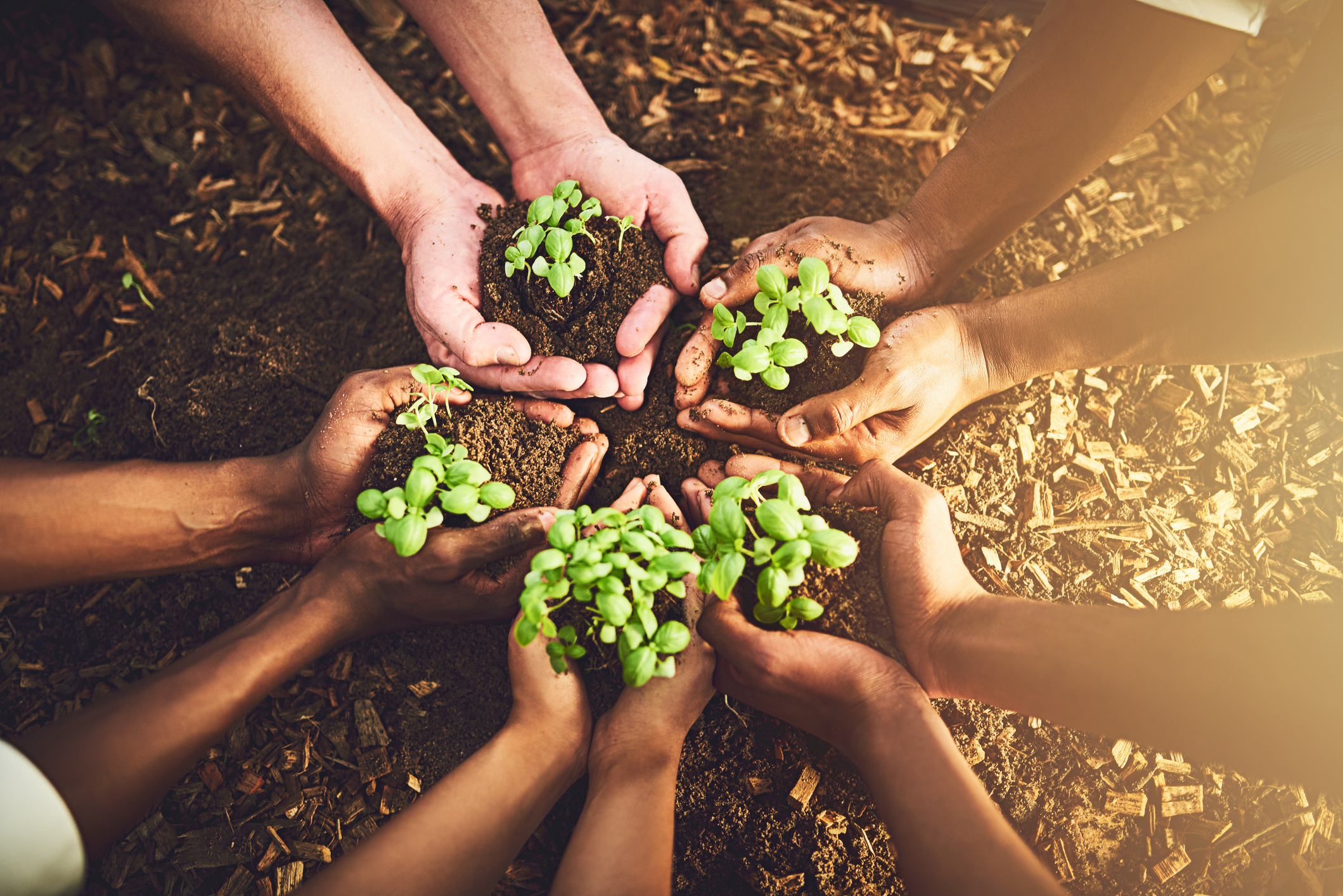
Climate change has far-reaching effects on global biodiversity, impacting ecosystems, species, and ecological interactions. This report synthesizes critical findings from multiple authoritative sources to provide a comprehensive understanding of the environmental impacts of climate change on biodiversity.
Rising Temperatures and Ecosystem Disruption
The 2024 Global Risk Report highlights that climate risks are interconnected and mutually reinforcing, leading to abrupt and irreversible changes in Earth's systems. For instance, scientists announced that temperatures in 2023 were 1.48°C above pre-industrial averages, with a likely breach of the 1.5°C threshold within the next 12 months, which could severely impact ecosystems [1].
One stark example of these changes is the projected near-total loss of coral reefs in a 1.5°C world, which is anticipated in the early 2030s in nearly all IPCC scenarios. Coral reefs, which act as barriers against extreme weather, will die off, leading to cascading effects such as increased weather damage and undermined marine ecosystems, tourism, and global food security [1].
Biodiversity Decline and Land-Use Change
A significant multi-model study indicates that global biodiversity has already declined between 2% and 11% during the 20th century due to land-use changes alone. Although land-use change remains a critical factor, climate change is predicted to become the primary driver of biodiversity loss by mid-century [2][4].
The study underscores the combined impacts of land-use change and climate change, leading to biodiversity loss in all world regions. Scenarios ranging from sustainable development to high emissions anticipate significant strain on biodiversity and ecosystem services, revealing considerable regional, model, and scenario variations [2][4].
Mutually Reinforcing Risks

The World Economic Forum's Global Risks Report 2024 identifies extreme weather events, critical changes to Earth systems, biodiversity loss, and ecosystem collapse as among the most severe risks over the next decade. The report emphasizes the interconnected nature of climate and biodiversity risks, with climate change exacerbating the decline of biodiversity and associated ecosystem collapse [5].
Impacts on Specific Species and Ecosystems
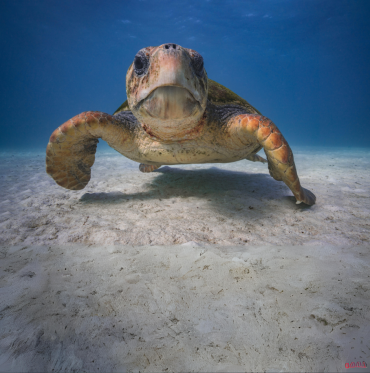
The IPCC's 4th Assessment Report and recent studies indicate that climate change has significant impacts on biological diversity, affecting ecosystems, species, and genetic diversity. For instance, sea urchins in the Red Sea are dying en masse due to a mysterious disease, threatening the coral reefs they help maintain by feeding on algae [3][9].
Potential Solutions and Conservation Efforts

Encouragingly, research reveals that conservation actions, such as the establishment of protected areas and the management of invasive species, can improve or slow the decline of biodiversity. For example, predator management on Florida’s barrier islands has enhanced nesting success for species like loggerhead turtles [7].
Additionally, deforestation rates in the Congo Basin were significantly lower in areas managed under Forest Management Plans. These examples suggest that targeted conservation efforts are generally effective and increasingly so over time due to better strategies and increased funding [7].
The Call for Integrated Action

Environmental experts call for integrated approaches to tackle the interconnected crises of climate change and biodiversity loss. This includes bolstering policies to protect biodiversity, scaling up finance to support vulnerable regions, and creating synergies between climate action plans and biodiversity strategies [1][6][5].
The UN emphasizes the economic sense in timely and effective actions, as every dollar invested in ecosystem restoration can generate significant economic benefits. Continued land degradation and biodiversity decline could lead to severe consequences such as crop failures, water shortages, and endangered communities [6].
Technological Innovations and Future Prospects
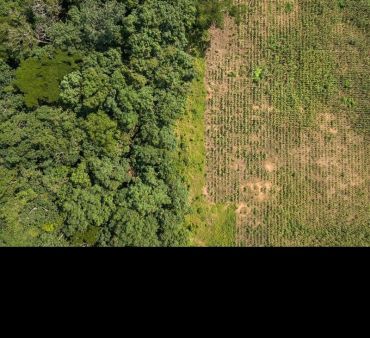
Several emerging technologies and methods are promising in mitigating some effects of climate change and promoting sustainable resource use. These include genetically modifying organisms to enhance resilience, developing efficient ammonia production techniques to reduce greenhouse gas emissions, and innovating soil health assessment technologies [9].
Conclusion
The environmental impacts of climate change on biodiversity are profound and multifaceted, affecting ecosystems, species, and services critical to human well-being. However, integrated and innovative conservation efforts present a path forward, offering hope for mitigating these effects and promoting a healthier planet.
By understanding and addressing these challenges, humanity can take decisive action to protect and restore biodiversity, ensuring a sustainable future for all life on Earth. As highlighted by experts, immediate and collaborative efforts are essential to turning the tide against these interconnected environmental crises [1][2][3][4][5][6][7][8][9].
Let's look at alternatives:
- Modify the query.
- Start a new thread.
- Remove sources (if manually added).
- Request a manual search from our human research team.







